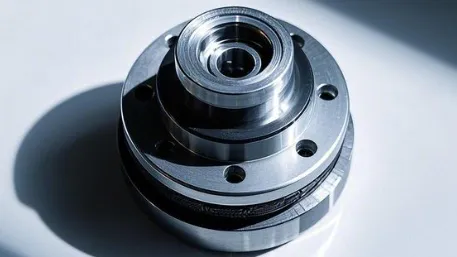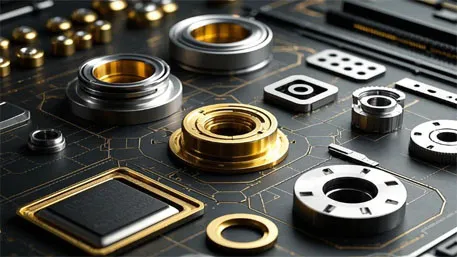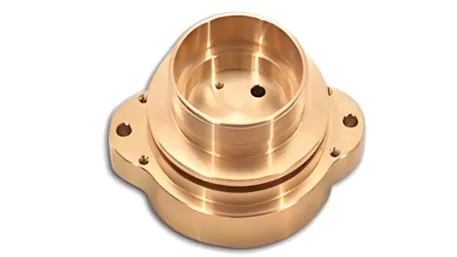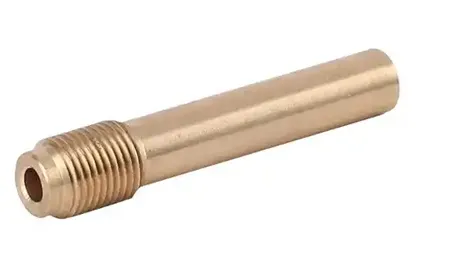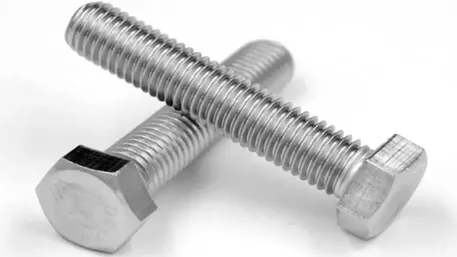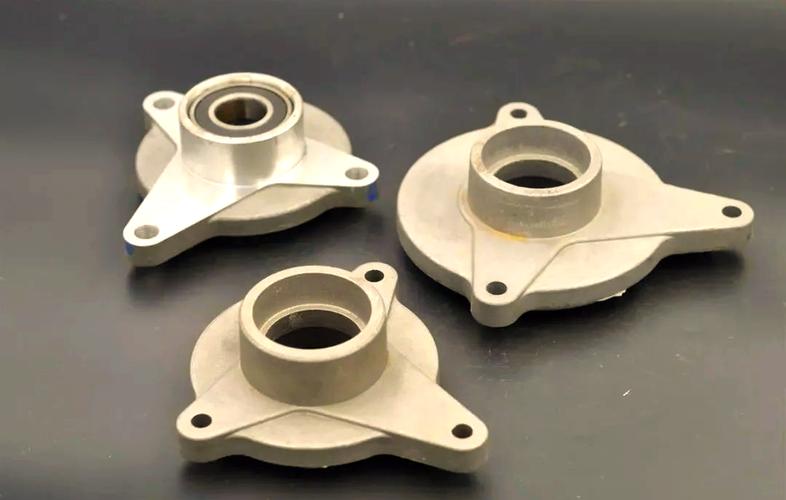In the high – end realm of modern manufacturing, custom CNC stainless – steel parts, with their outstanding performance and precise craftsmanship, have become the core support for numerous key industries. Stainless steel, with its excellent corrosion resistance, high strength, and good workability, holds an important position. The integration of CNC (Computer Numerical Control) technology has opened up an innovative path of precision and high – efficiency for its customized processing. The following is an in – depth analysis of the subtlety of this service from multiple technical dimensions.

I. The Technical Core of CNC – Empowered Customization of Stainless – Steel Parts
Based on the principle of digital control, CNC technology precisely sets the motion parameters of machine tools through G – code programming. In the processing of stainless – steel parts, the high – precision positioning system enables a positioning accuracy of ±0.001mm, ensuring minimal deviation in the machining position. Its advanced control system has a powerful interpolation operation capability. For example, when machining complex contours, through linear, circular, and spline curve interpolation algorithms, it can accurately simulate complex shapes, achieving precise machining from simple to complex surfaces, with a machining accuracy far exceeding traditional methods.
II. The Key Technical Chain of the Customization Process
Requirement Analysis and Digital Modeling
Customization begins with a deep technical analysis of customer requirements. In the aerospace field, professional equipment is used to accurately measure flight parameters, such as temperatures above 1000℃, pressures reaching dozens of megapascals, and a wide range of vibration frequencies. Based on this, the key indicators of parts are determined. CAD technology is used to convert them into three – dimensional digital models. During the modeling process, factors such as material distribution and internal stress are considered. Through parametric design, it can be quickly adjusted to meet different requirements, providing an accurate blueprint for machining programming.
Material Adaptation and Pretreatment
Selecting the appropriate stainless – steel material is crucial. 304 stainless steel contains 18% chromium and 8% nickel, with a tensile strength of ≥515MPa, suitable for general industries; 316L stainless steel has a higher molybdenum content, and in an environment containing chloride ions, the pitting resistance equivalent number (PREN) is ≥25, with better corrosion resistance. After selecting the material, annealing treatment is carried out to eliminate stress, for example, holding at 850 – 900℃ for a certain period and then cooling with the furnace to improve plasticity. Surface cleaning is carried out using pickling, sandblasting, etc., to remove impurities and create good conditions for processing.
Integration of Multiple Technologies for Precision Machining
Turning Processing: Optimize tools, parameters, and cooling lubrication. Using CBN tools combined with high – pressure cooling, the cutting speed can reach 200 – 300m/min, the feed rate is 0.05 – 0.2mm/r, the depth of cut is 0.1 – 0.5mm, and the surface roughness Ra can reach 0.4 – 0.8μm, achieving high – precision machining of rotational surfaces.
Milling Processing: Multi – axis linkage milling makes the machining of complex shapes possible. A five – axis machining center can complete the machining of multiple surfaces and complex curved surfaces in one clamping through the coordination of five axes. The positioning accuracy is ±0.01mm, and the repeat positioning accuracy is ±0.005mm. For example, when machining aero – engine blades, it can meet the high – precision aerodynamic requirements.
Drilling Processing: Adopt advanced drilling processes and drills. For example, a carbide twist drill combined with internal – cooling drilling, with a drill speed of 1000 – 3000r/min and a feed rate of 0.05 – 0.2mm/r, can ensure a hole diameter tolerance of ±0.05mm, solving the problem of drilling stainless steel.
Function Enhancement of Surface Treatment
Electroless Nickel Plating: Deposit a nickel – phosphorus alloy coating on the surface of stainless steel, with a thickness of 5 – 20μm. This can extend the corrosion – resistant time of parts by 2 – 3 times in an environment with a chloride – ion concentration of 500ppm, enhancing corrosion resistance.
Physical Vapor Deposition (PVD): Deposit hard coatings such as TiN and TiC, with a hardness of 2000 – 3000HV and a friction coefficient reduced to 0.2 – 0.4, improving the wear resistance of parts.
III. Advanced Technical Means of Quality Inspection
Coordinate Measuring Machine: Measure point – by – point and compare with the CAD model, with a measurement accuracy of ±0.001mm to ensure dimensional accuracy.
Non – destructive Testing: Ultrasonic testing can detect internal defects as small as 0.1mm; magnetic particle testing is for ferromagnetic stainless steel, clearly showing surface and near – surface defects.
Micro – analysis: Electron microscope (SEM) and energy – dispersive spectrometer (EDS) are used to analyze the microstructure and chemical composition to ensure material properties.
IV. The Technical Value and Future Trends of Custom Services
The custom CNC stainless – steel parts service, with its technical advantages, provides high – performance parts for various industries, reducing the risk of system failures and enhancing product quality and competitiveness. In the future, artificial intelligence will be integrated into the processing process to achieve adaptive parameter adjustment. The integration of additive manufacturing and CNC processing will bring new possibilities for design and performance optimization.
FAQ Answers
Question: What is the general lead – time for custom CNC stainless – steel parts?
Answer: The lead – time depends on the complexity of the parts and the order quantity. For simple parts in small – batch production, they can be delivered in 7 – 10 working days; for complex parts or large – quantity orders, it usually takes 15 – 30 working days. We will provide an accurate time according to your specific requirements when you consult.
Question: How to ensure that the custom parts meet my special requirements?
Answer: Starting from the requirement analysis, our engineering team will communicate deeply with you to incorporate your special requirements into the digital model and processing technology. The production process strictly implements quality inspection to ensure that each step meets the requirements. Before delivery, a comprehensive inspection is carried out again to ensure that the parts meet your special requirements.
Question: How is the price of custom parts determined?
Answer: The price is affected by factors such as materials, the complexity of the processing technology, accuracy requirements, and order quantity. We will comprehensively evaluate based on the detailed requirements you provide and give a reasonable quotation to ensure the best cost – performance ratio.
If you are seeking a CNC stainless – steel parts customization solution based on cutting – edge technology, please feel free to contact us at any time. Our professional technical team, with rich industry experience and advanced technical equipment, will provide you with comprehensive technical support from design to manufacturing, helping your project stand out in the field of precision manufacturing. Leave a message for consultation immediately, start the customization journey, and explore the infinite technical potential of CNC stainless – steel parts customization together!

